Landing in Lhasa
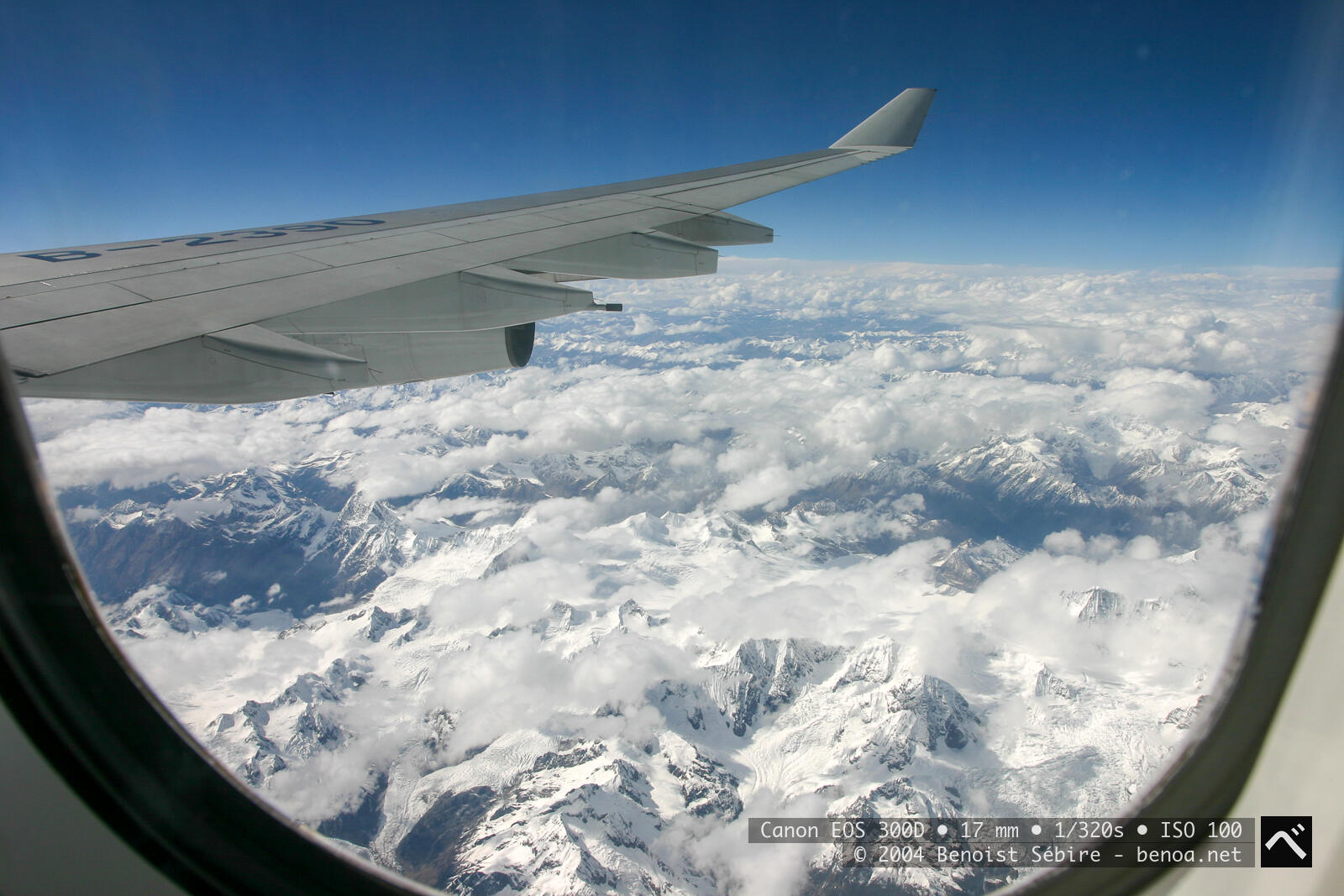
Touching down in Lhasa feels like stepping onto another planet, and not just because the city sits at a dizzying 3,656 metres above sea level. The moment your plane door pops open, you’ll feel the high-altitude air smack you in the lungs. Cabin pressure during the flight keeps things manageable, but as soon as you descend to normal air pressure—well, let’s just say your body might notice the thin oxygen and stage a minor rebellion.
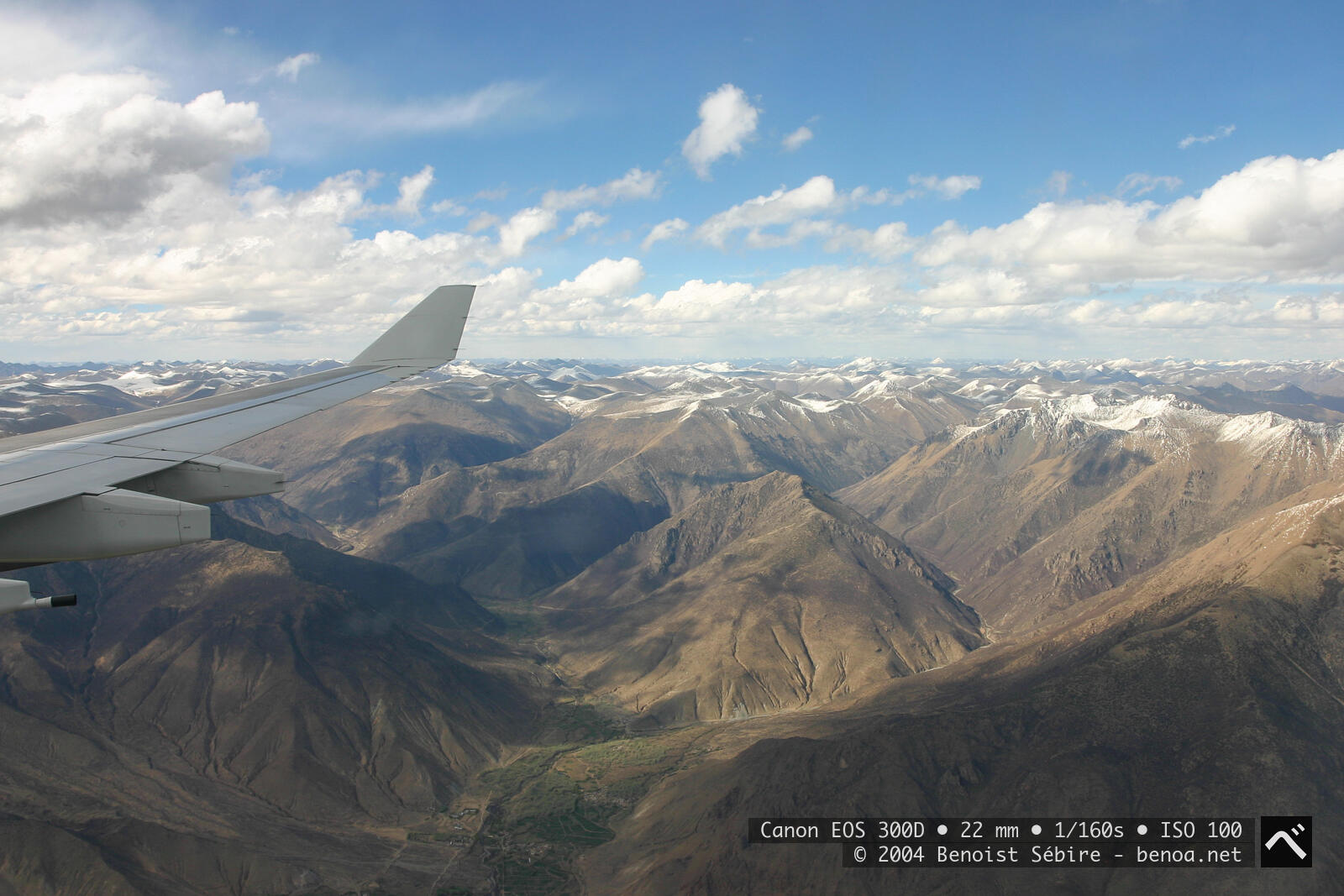
On the approach, you’ll notice the plane’s descent feels longer and gentler than usual. That’s because pilots are navigating tricky air currents and compensating for reduced atmospheric pressure. Inside the cabin, it’s a battle of the oxygen levels. The pressurisation systems keep things breathable, but at that altitude, it’s still a bit like sipping air through a cocktail straw.
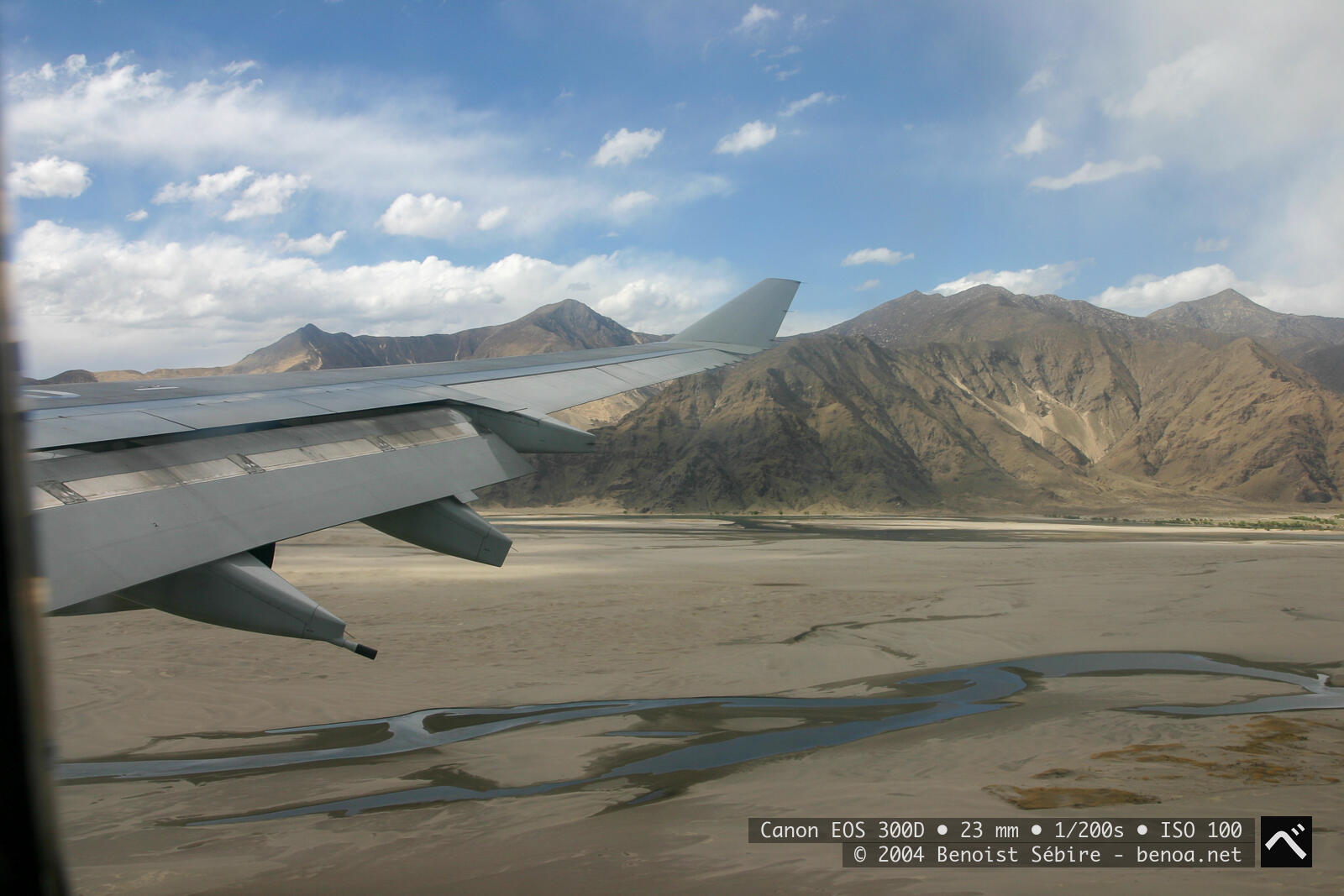
Some passengers feel an immediate light-headedness stepping off the plane, while others shrug it off and stride straight into the Tibetan Plateau as if they were born there. Either way, the air in Lhasa is an acquired taste—thin, crisp, and just a bit too free-spirited to fill your lungs the way you’re used to. Hydrate, breathe deeply, and take it slow, because altitude sickness is just waiting to turn your first day into a high-altitude hangover.
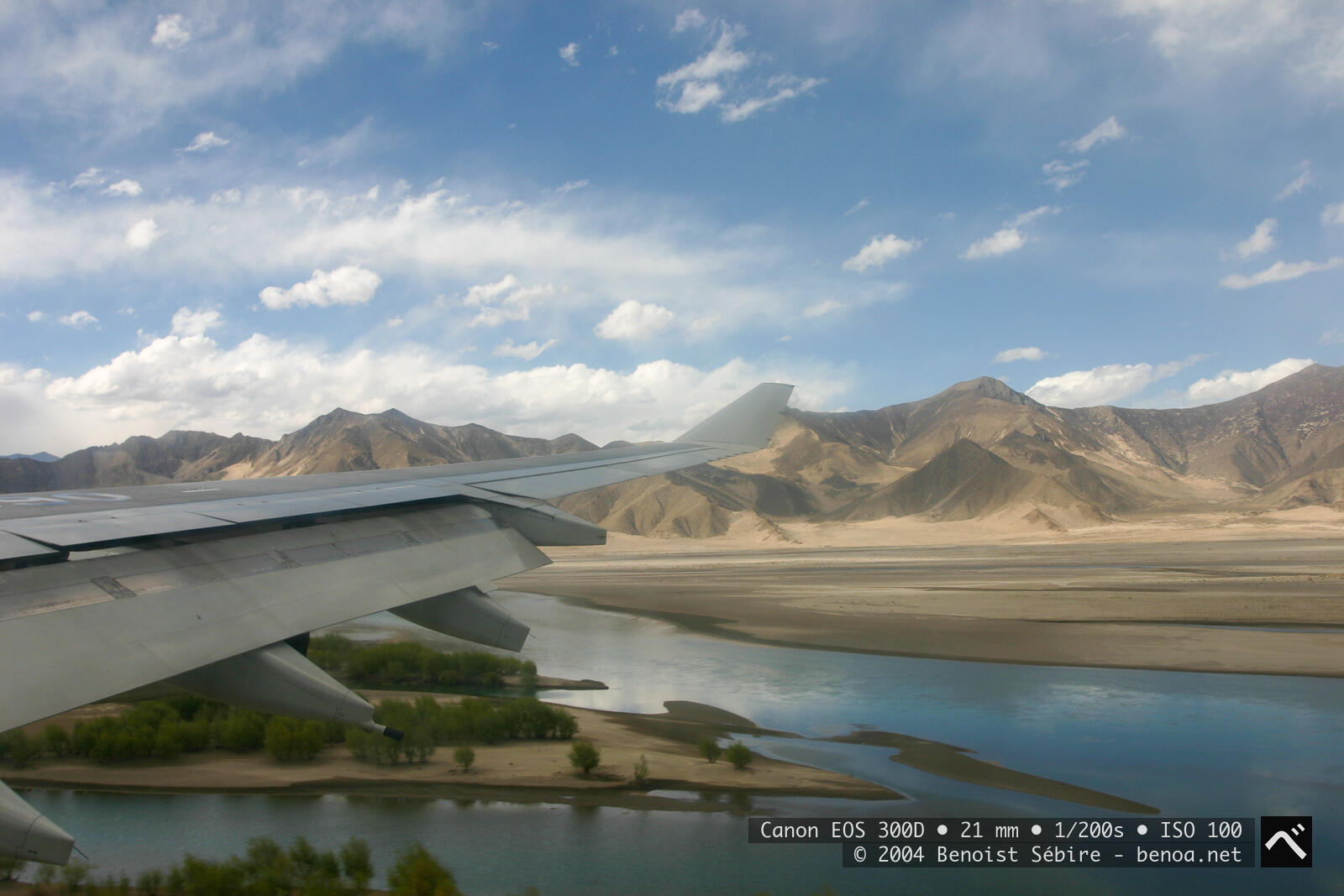
Also, departing from Chengdu for Lhasa isn’t your typical “buckle up and off we go” flight. It’s a meticulously planned operation, and one of the key considerations is fuel. Yep, not just for getting there but for flying all the way back, should the mountains, weather, or any other sky-high drama decide to spoil the party. Our departing flight was delayed over 20 hours just because of that.
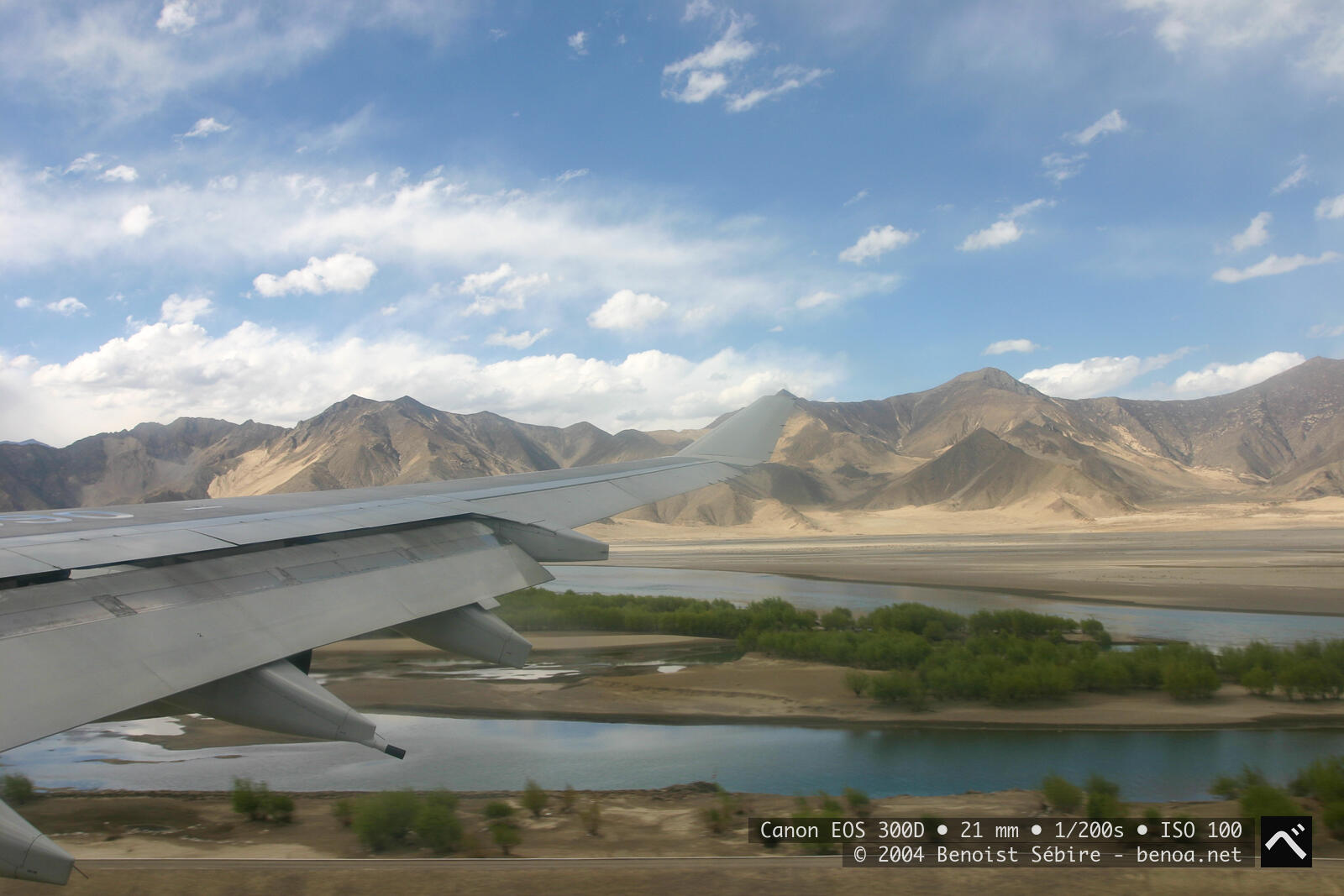
This isn’t just paranoia—it’s protocol. Lhasa’s Gonggar Airport sits in a valley surrounded by the Himalayan range, where fickle weather can go from sunny skies to a turbulence tango in minutes. If the clouds roll in thick or the winds decide to play bully, landing can become a no-go. The pilots, being the seasoned pros they are, don’t take chances. They load up enough fuel to make it back to Chengdu, their safety net. Think of it as an aerial round-trip insurance policy. They won’t risk circling the airport forever or waiting for the weather to behave. Instead, they’ve got the juice to head straight back to the comforts of lower altitudes, where landing is less like threading a needle in a storm.
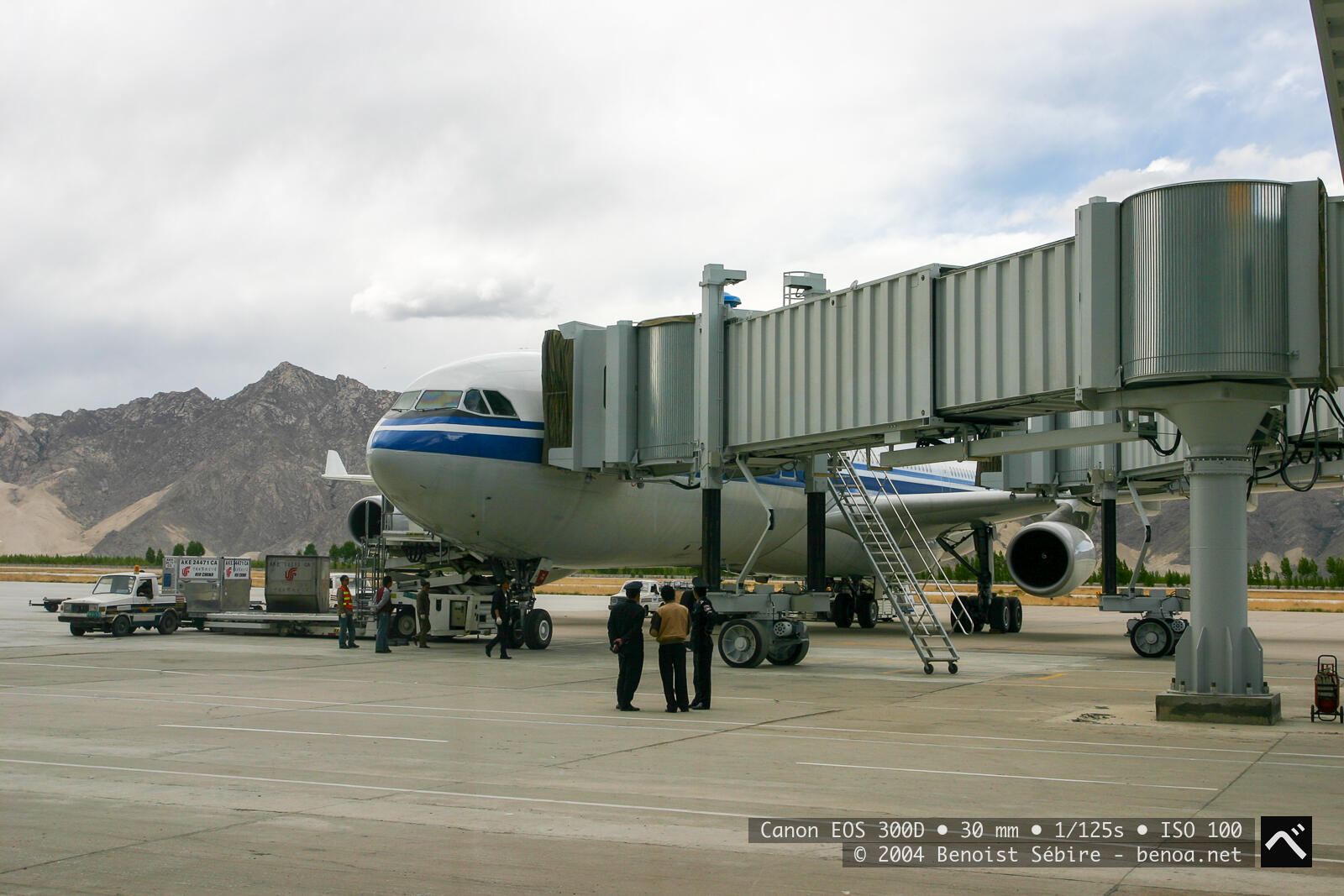
For passengers, this little nugget of operational trivia might explain why your plane feels a bit heftier on landing. But hey, it’s reassuring to know that even if the weather gods aren’t in a welcoming mood, your ride is fully prepped to pivot and zoom back to Chengdu, where the oxygen is plentiful and the pandas are always ready to cheer you up.